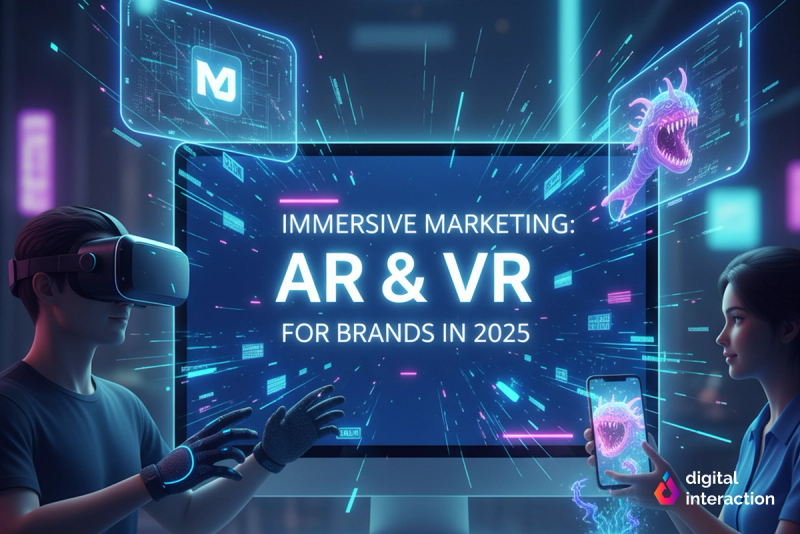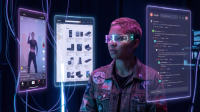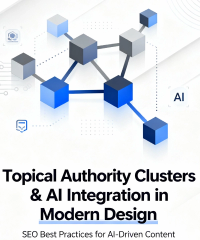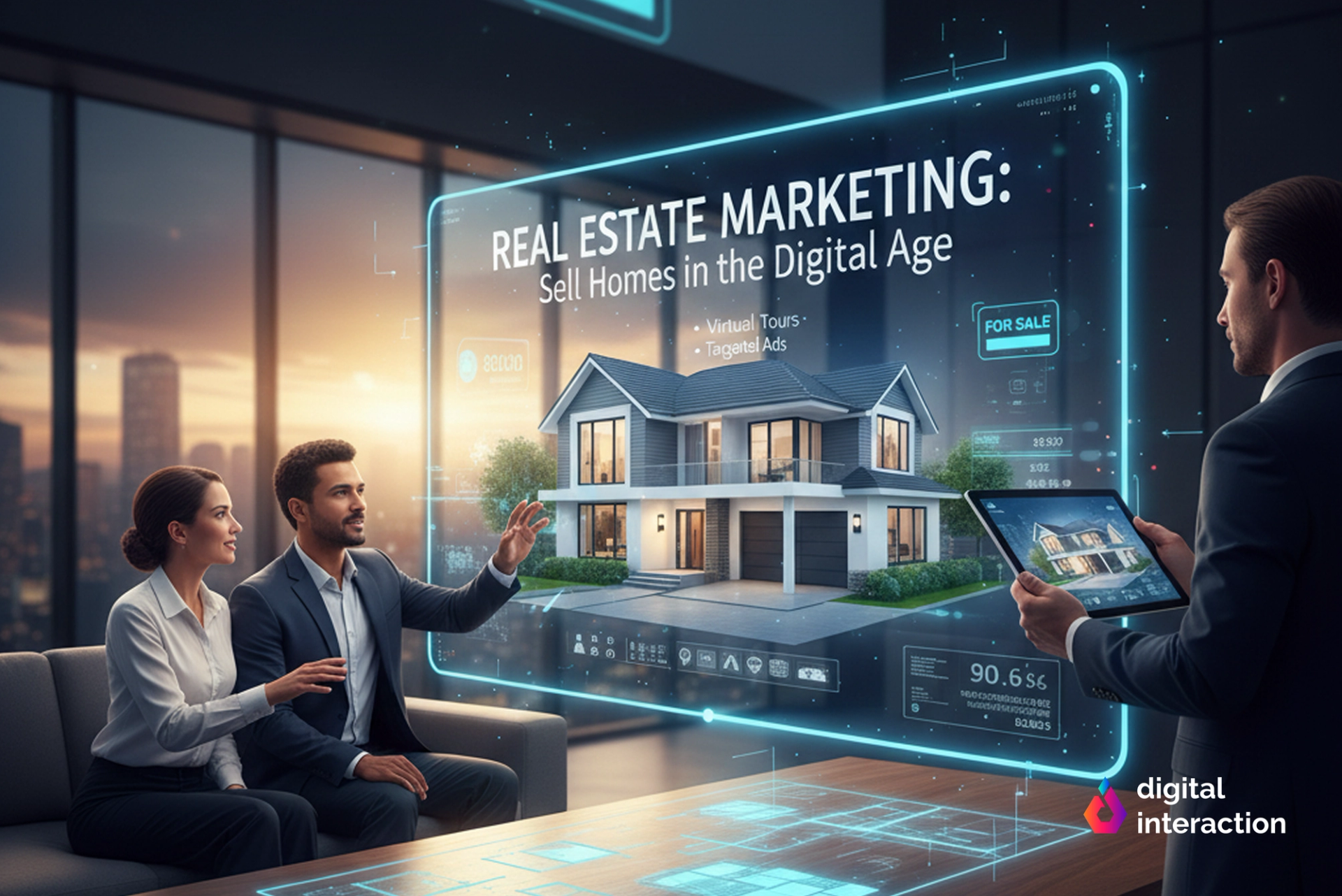
Key Takeaways
- AR and VR are powerful marketing tools: Once niche technologies, AR and VR are now accessible tools that allow brands to create engaging, immersive experiences that go beyond traditional ads.
- They help customers make better decisions: By allowing virtual try-ons, product customization, and immersive tours, AR and VR reduce customer uncertainty, leading to shorter sales cycles and fewer returns.
- Simplicity and Quality are Crucial: The most successful AR/VR experiences are simple, focused, and technically polished. A complex or glitchy experience can be counterproductive.
- Success Must Be Measured: Like any marketing effort, it's essential to track key metrics such as interactions, session length, and conversion rates to measure the effectiveness of your AR/VR campaigns.
The Technology is Accessible and Evolving: While there are development costs and hardware considerations, platforms like social media offer easy entry points. As technology advances, AR and VR will become even more mainstream, so brands should start experimenting now to gain a competitive edge.
The marketing world is always evolving, but few technologies have captured imaginations like augmented reality (AR) and virtual reality (VR). Once relegated to gaming and sci‑fi movies, AR and VR have become accessible tools for brands of all sizes. They offer immersive experiences that blur the line between the digital and physical, allowing consumers to interact with products and services in entirely new ways. As we move further into 2025, understanding and leveraging these technologies can give your brand a powerful edge.
What’s the Difference Between AR & VR?
Augmented reality overlays digital elements onto the real world—think Snapchat filters or the way a furniture retailer’s app lets you place a virtual sofa in your living room using your phone’s camera. Virtual reality, on the other hand, creates a fully immersive environment that replaces your surroundings; users wear a headset to explore a 3D world. Both formats let consumers experience something that isn’t physically present, but they serve different purposes.
Why AR & VR Matter for Marketing
At their core, these technologies help customers make better decisions. Trying on clothes virtually, visualising how a new car looks in your driveway, walking through a home that hasn’t been built yet—AR and VR can reduce uncertainty. That translates into shorter sales cycles, fewer returns and more confident purchases. For businesses, they also generate excitement and shareable moments—users often post AR or VR experiences on social media, extending the reach of your campaign.
Real‑World Applications
- Virtual try‑ons. Brands in fashion, eyewear and cosmetics allow shoppers to see products on themselves via smartphone cameras. This is especially valuable for online‑only retailers who can’t offer physical fitting rooms.
- Product customisation. Car manufacturers and furniture stores use AR apps to let customers configure colours, materials and features in real time. When users can see exactly what they’re getting, they’re more likely to commit.
- Immersive storytelling. VR enables narrative‑driven experiences. A travel company might offer a virtual tour of a resort, or a non‑profit could create a VR documentary to raise awareness about its mission. When people feel immersed, the emotional impact is stronger.
- Training & education. Companies use VR simulations to train employees on complex tasks or safety protocols. While not strictly marketing, these applications demonstrate the technology’s versatility and the brand’s commitment to innovation.
Getting Started With AR & VR Marketing
Define your goals. Decide whether you want to drive sales, build brand awareness or provide a value‑added service. Different goals require different approaches: quick AR experiences for social media, or immersive VR installations at trade shows.
Choose the right platform. Many social media apps offer built‑in AR filters, while platforms like Unity, Unreal Engine and WebXR allow you to build more customised experiences. Consider your audience’s device capabilities—mobile AR is accessible to most people, whereas VR requires specialised hardware.
Keep it simple. A successful AR or VR experience doesn’t need to be complex. In fact, the best experiences often focus on one or two key interactions. Too many features can overwhelm users and obscure your message.
Ensure technical quality. Poorly rendered models or glitchy animations can destroy immersion. Work with experienced developers and designers to ensure the experience runs smoothly across devices.
Promote and integrate. Don’t assume people will discover your AR filter or VR app on their own. Promote it through social media, email and paid ads. Integrate the experience into your overall campaign—tie it to product launches, events or seasonal promotions.
Measuring Success
Like any marketing channel, AR and VR should be measured. Track metrics such as the number of interactions, average session length, conversion rate after using the experience and social media engagement. Collect feedback through surveys or app reviews to understand what users liked and where they experienced friction. These insights will inform future iterations and help justify continued investment.
Challenges & Considerations
While AR and VR are powerful, they have limitations. Development costs can be higher than traditional content, and VR adoption depends on headset ownership. AR experiences must work across diverse devices and lighting conditions. It’s also important to prioritise accessibility—provide alternative ways to access content for users who can’t or won’t use AR/VR.
Looking Ahead
Expect AR and VR to become more mainstream as devices get cheaper and software tools become more user‑friendly. As 5G and edge computing reduce latency, streaming high‑quality immersive content will be easier. Meanwhile, mixed reality (MR)—a blend of AR and VR—is on the horizon, promising even more seamless interactions.
Brands that experiment now will be better positioned to take advantage of these advances. Whether you’re a retailer, a B2B SaaS company or a non‑profit, there’s a creative way to integrate immersive experiences into your marketing.
Curious how immersive technology could elevate your brand? Talk to our team about our Web Development and creative services. We can help you design interactive experiences that leave a lasting impression and differentiate you in a crowded marketplace.
“Success is the result of perfection,
Phil Martinez
hard work, learning from failure, loyalty, &
persistence”








